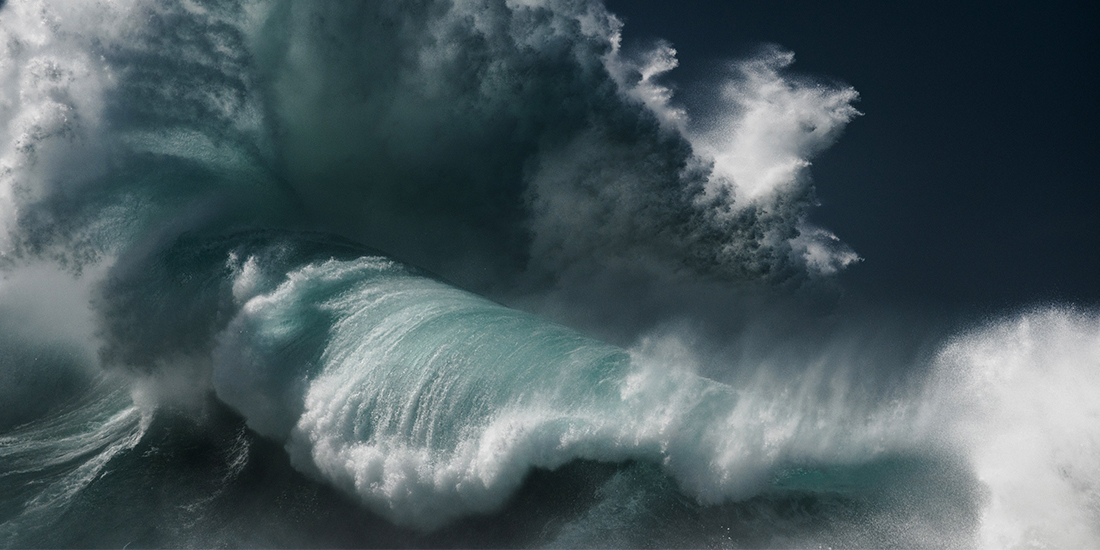
Surfrider’s Hold on to Your Butt Program
Q: How are you preventing litter?
A: Cigarette butts are the most littered item in San Francisco, and the world. We are working to fight this environmental problem through education, installation of cigarette receptacles (ashcans), distribution of pocket ashtrays to smokers, and facilitating recycling of cigarette waste.
Q: Does this program promote smoking?
A: Surfrider does not promote or encourage smoking or tobacco products in any way. We are determined to eliminate cigarette litter from San Francisco, and, through TerraCycle, divert as much cigarette waste from landfills as possible. Cigarette waste is incredibly widespread and is a serious environmental issue.
Environmental Impacts
Q: Aren’t cigarette butts biodegradable?
A: No. Nearly all cigarette filters (including American Spirit cigarette filters) are composed of cellulose acetate, the same plastic used to make sunglasses and clothing buttons. Filters are composed of 12,000 strands of this plastic, and break down into microplastics but do not biodegrade.
Q: Are cigarette butts toxic?
A: Yes. Used cigarette butts trap arsenic, ammonia, formaldehyde, butane, nicotine, and heavy metals like cadmium, lead, and mercury and leach them into the water and soil when littered. Just one cigarette butt in a liter of water will kill half of all of the fish in that water.
Q: Is cigarette littering really a problem?
A: Yes. Despite the decrease in smoking, cigarette butts are the most littered item worldwide – 4.5 trillion butts are littered every year. 65% of cigarette butts are littered. One-third of all litter in California is from cigarette butts. In the Bay Area, 3 billion+ cigarette butts are littered every year
Cigarette Receptacles (Ashcans)
Q: Does the presence of ashcans promote smoking?
A: No. Ashcans do not promote smoking; instead, they promote responsible waste disposal. No increase in smoker activity around ashcans placed in cigarette litter hotspots has been observed. Installing ashcans in these hotspots provides smokers with a convenient place to dispose of their cigarettes, preventing litter.
Q: What is a cigarette litter hotspot?
A: Cigarette litter hotspots are areas with high concentrations of cigarette butts in comparison to the surrounding area, indicating that smokers are already smoking or discarding cigarette butts at these locations.
Q: Where does most cigarette littering occur?
A: At “transition points” -- areas where a smoker must extinguish a cigarette before proceeding, such as outside retail stores, restaurants, bars, hotels, office buildings, before entering beaches, parks or other recreation areas, and at roadside rest areas, parking lots, bus shelters, and train platforms.
Q: How much do ashcans reduce litter?
A: Each ashcan has been shown to reduce cigarette litter by 9%. Cities that have installed ashcans on a widespread basis have seen overall reductions of 65% or more.
Cigarette Butt Recycling (TerraCycle)
Q: How does TerraCycle ensure that the dangerous chemicals in cigarette waste don’t come into contact with people or food products?
A: The collected cigarette waste is first sterilized using Gamma radiation, which removes toxins and bio-contaminants. The waste collected through TerraCycle will be recycled into industrial products, such as plastic pallets, and any remaining tobacco and organic matter will be processed through tobacco composting. All these processes assure the safety of the collection, recycling and application of plastic made from cigarette waste.
Q: What is done with the collected cigarette waste?
A: TerraCycle uses a complex, yet energy-efficient process to responsibly handle the collected cigarette waste. The collected cigarette waste is first sterilized using Gamma radiation, which removes toxins and bio-contaminants. The material is then shredded and the remaining tobacco and paper remnants are composted with strict adherence to tobacco composting laws. The shredded filters are blended with other recycled materials collected by TerraCycle and pelletized. The resultant plastic pellets can be used in wide variety of industrial applications including the creation of plastic shipping pallets.
Q: How many cigarette filters does it take to make an industrial plastic shipping pallet?
A: Roughly 150,000 cigarette butts go into the formulation of one pallet.
Q: Is recycling cigarette waste really eco-friendly?
A: Yes. TerraCycle conducts Lifecycle Analyses (LCAs) on the carbon impact of cigarette waste recycling – including the carbon impact of shipping the waste materials to be processed – using respected, independent 3rd-party groups such as PE International & Five Winds Strategic Consulting. By creating industrial products out of cigarette waste instead of virgin plastic, TerraCycle is not only reducing landfill proliferation, but also reducing the need to make these products from virgin materials. LCAs show anywhere from 20% – 80% carbon savings, and that on average cigarette waste recycling represents the lowest environmental burden among managed waste scenarios including landfill and incineration.
Sources
http://www.savesfbay.org/save-bay-launches-campaign-against-3-billion-cigarette-butts-littered-bay-area-annually
http://tobaccocontrol.bmj.com/content/20/Suppl_1/i45
http://www.ncbi.nlm.nih.gov/pubmed/18851907
http://tobaccocontrol.bmj.com/content/20/Suppl_1/i17.full.pdf+html
http://www.cigwaste.org/research/
http://www.ncbi.nlm.nih.gov/pubmed/25403778
http://tobaccocontrol.bmj.com/content/8/1/75
http://tobaccocontrol.bmj.com/content/20/Suppl_1/i25.full.pdf+html
https://www.kab.org/cigarette-litter-prevention
Questions or comments? Email Shelly at hotyb@sf.surfrider.org
